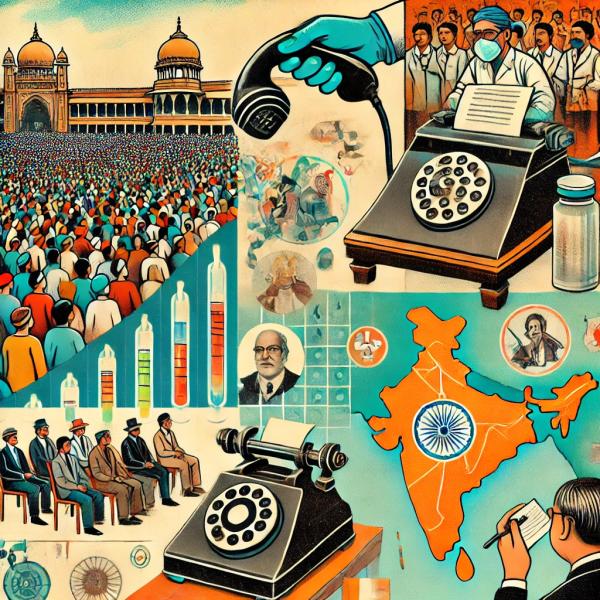
Fluid mechanics helps explain the flow of fluids and, by analogy, people moving through crowds. Of course, particles do not think, and incorporating our human intent into the equation results in “Thinking Fluids.” However, as with all models, solely fixating on physics or psychology yields a simplistic but poor model. Nautilus offers a graphic novel explanation, Bustling Through the Physics of Crowds
We are such a contradictory nation, at least in terms of identification. It is required to get on a plane, not so much for voting, and never for our speech on the Internet. In the last decade, India has successfully instituted national identification numbers, which would be anathema in the US. Why might that be? Because in a country with poor documentation, a national ID allows you financial freedom. From Econlife, Where 1 Billion People Can Prove Who They Are
Teleconferencing became the thing with the social lockdowns of COVID. Of course, despite being new to us, they were just a tech update of what had come before.
“At 8:30 p.m. on 16 May 1916, John J. Carty banged his gavel at the Engineering Societies Building in New York City to … conduct a live national meeting connecting more than 5,000 attendees in eight cities across four time zones. … AIEE members and guests in Atlanta, Boston, Chicago, Denver, New York, Philadelphia, Salt Lake City, and San Francisco had telephone receivers at their seats so they could listen in.”
From IEEE Spectrum, The First Virtual Meeting Was in 1916
Emily Oster, an economist and mom, made her social media chops bring real data to raising kids. She seems to be grounded in the reality of our day-to-day.
"Public health agencies typically tell people what to do and what not to do, but they don’t regularly explain why — or why people might hear something different from others. … In the end, advice for a range of topics is delivered with the same level of confidence and, seemingly, the same level of urgency. The problem is that when people find one piece of guidance is overstated, they may begin to distrust everything.
Consider three topics of much public discussion: measles vaccines, raw milk, and water fluoridation. All three represent fault lines between what is said by public health agencies and what is said by Mr. Kennedy and other skeptics.”
I will let Emily take it from there. From the NY Times, There’s a Better Way to Talk About Fluoride, Vaccines and Raw Milk



